On April 19, the second day of the voting, German Cardinal Joseph Ratzinger, 78, was elected the 265th Pope and took the name Benedict XVI.
The newly-elected Pope appeared at the central window of St. Peter’s Basilica smiled as he was greeted by the crowd gathered below in the square.
“After the great John Paul II, the cardinals elected me, a simple, humble worker in the vineyard of the Lord,” Pope Benedict said in Italian, when he appeared and greeted the faithful from the balcony of St. Peter’s Basilica.
- On April 27, during his first general audience in St. Peter’s Square, the Pope explained the choice of his name, highlighting his desire to place himself at the service of peace among people, as did Benedict XV, who promoted reconciliation during World War I. He also spoke about his name’s relation to St. Benedict of Nursia, co-patron of Europe and father of Western monasticism.
- For his first pastoral trip outside of Rome Benedict XVI chose to visit Bari, Italy, to close Italy’s 24th National Eucharistic Congress. The Pope addressed some 200,000 people who attended the open-air Mass at which he presided in the esplanade of Marisabella (May 29).
- The Pope made clear one of the priorities of his pontificate: he said that healing the rift with the Orthodox Church would be a “fundamental” commitment of his papacy. In fact, he was speaking in the city that is home to the relics of St. Nicholas, a saint very dear to the Orthodox.
- An important nomination: Benedict XVI named the archbishop of San Francisco, William Levada, 68, to succeed him as prefect of the Congregation for the Doctrine of the Faith (May 13). The Pope and Archbishop Levada had worked together on the Catechism of the Catholic Church.
- “Santo Subito!” (“Sainthood Now”) On May 13, feast of the Virgin of Fatima and anniversary of the 1981 attempt on Pope John Paul II’s life, Benedict XVI announced that he would waive the 5-year waiting period required by current canon law and immediately open John Paul II’s cause of beatification.
- In August (18-21) Pope Benedict visited his native Germany for World Youth Day. The Holy Father spoke of the Nazi persecution of the Jews as “the darkest period of German and European history” while meeting with Jewish representatives in a synagogue in Cologne, Germany. He also met with Muslims leaders and condemned terrorism, calling on Islamic leaders to help “turn back the wave of cruel fanaticism” in the world. At Marienfeld, outside Cologne, more than a million young people gathered for a candlelight vigil with the Pope, who spoke to them about saints who had spent their life in search of Christ.
- At the end of August “in the desire to arrive at perfect communion,” Benedict XVI privately with Bishop Bernard Fellay, Superior General of the Society of St. Pius X, a priestly society not in full communion with Rome.
- During October, Benedict XVI presided over the first Synod of Bishops after his election. In an age marked, as Benedict has said, by the “absence” of God, the Synod focused on the Eucharist, the sacrament of the Lord’s presence. In Pope Benedict’s first canonization Mass (October 23) Benedict canonized Josef Bilczewski, Alberto Hurtado, SJ, Zygmunt Gorazdowski, Gaetano Catanoso, and Felice da Nicosia to mark the conclusion of the General Assembly of the Synod of Bishops and the Year of the Eucharist.m

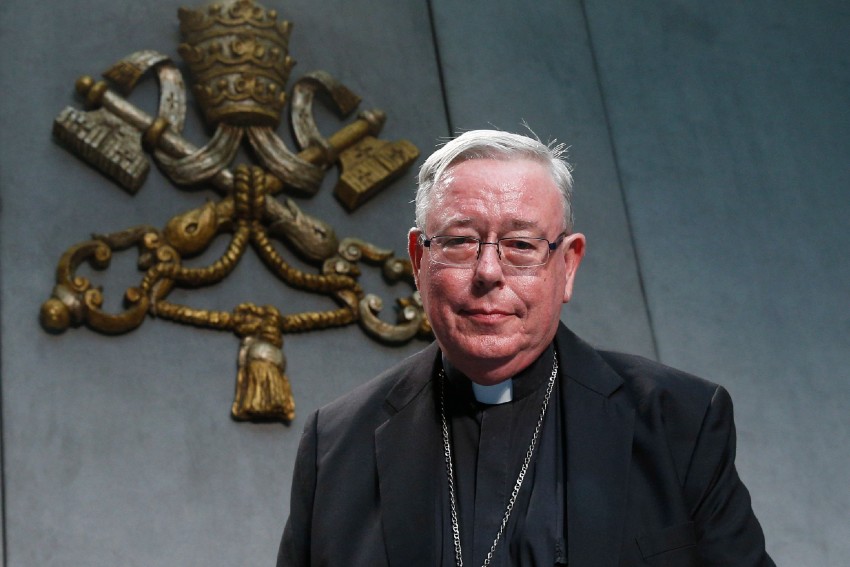
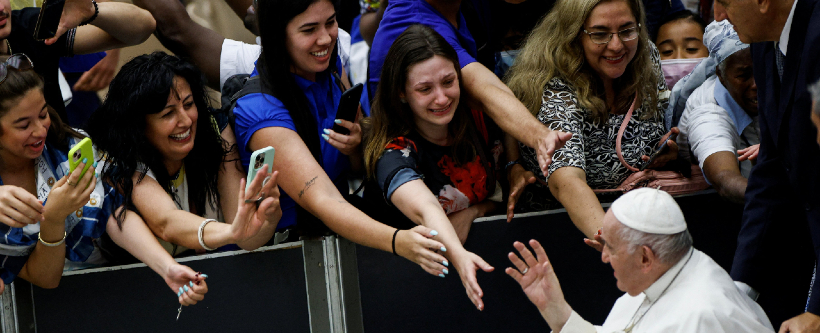
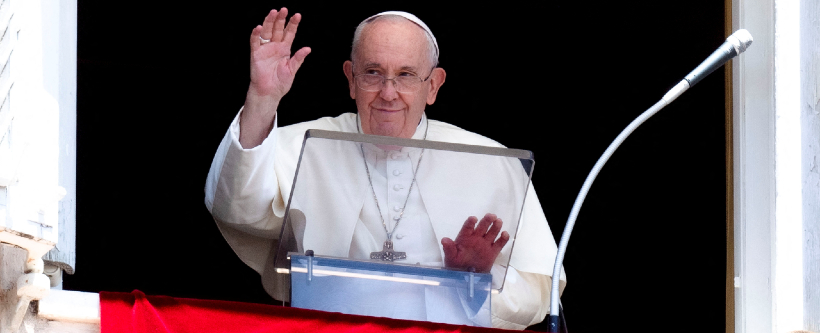
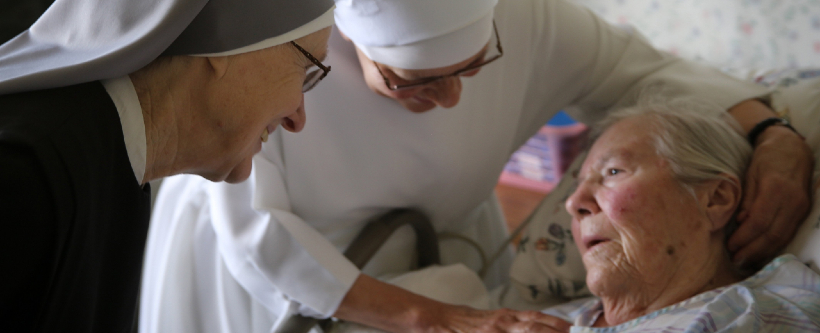
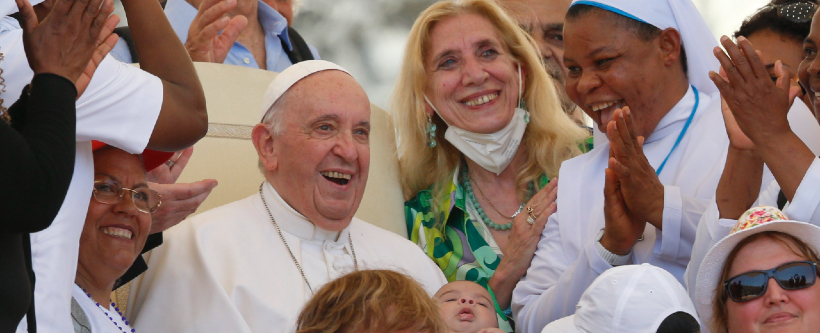
Facebook Comments